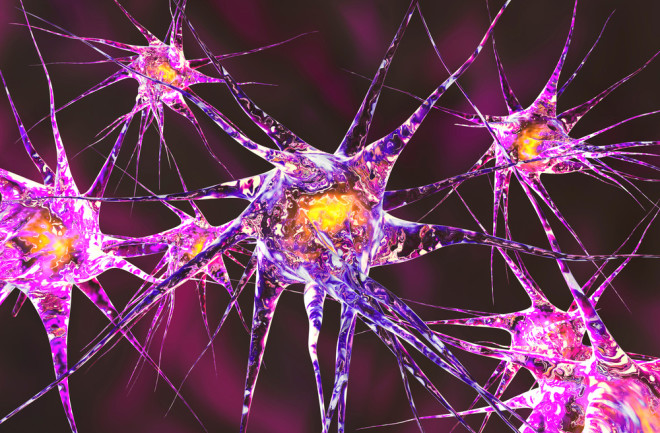Our current treatments for neurological diseases and injuries tend to be crude and ineffective. Many drugs cannot get inside the brain to do their work, and sometimes the best we can do to heal brain or spine injuries is nudge along the body’s own repair mechanisms. Biomaterials engineer Sarah Heilshorn is working on a new way to fix neurons that don’t heal on their own: She has created designer proteins that might help stem cells, which generate all the body’s tissues, get into the nervous system, where they could possibly replace or heal cells. Heilshorn describes her innovations below.
If I cut my hand, it heals on its own. Why is it so much harder to heal spinal cord injuries?
Peripheral nerves like the ones in your hand regenerate well. Nerves in the spinal cord and brain do not. This might have to do with the blood-brain barrier, which protects the central nervous system but also makes drug delivery difficult. In addition, spine injuries are often caused by a crushing or twisting motion, so there may be bone fragments floating around and compromised blood flow to the region.
You engineer proteins to help stem cells regenerate neurons. How does that work?
Proteins are made of smaller molecules called amino acids, which combine to form modules. Some modules make a protein act like a spring; others help it bind to cells. I mix modules in new ways to create novel proteins with new functions, and then I mass-produce them.
The idea of injecting stem cells to heal the spine and brain has been around for a while. What makes your work special?
One of the biggest challenges right now is figuring out how to deliver the cells. Patients and surgeons prefer injecting them through a syringe needle, because this is the least invasive way. However, the injection process often damages many of the cells. By encapsulating the cells in a protective biomaterial gel, my group has found that we can greatly improve the efficiency of transplantation.
What does the future hold for stem cell research?
Preliminary data suggest that several stem cell types, not just neural stem cells, may help heal the brain and spinal cord. Adipose-derived stem cells, from fat tissue, secrete lots of regenerative growth factors when they are transplanted into the brain or the spinal cord. They are easy to isolate from a patient’s own fat tissue, so it’s likely that this cell type will become widely used in future regenerative medicine therapies.

